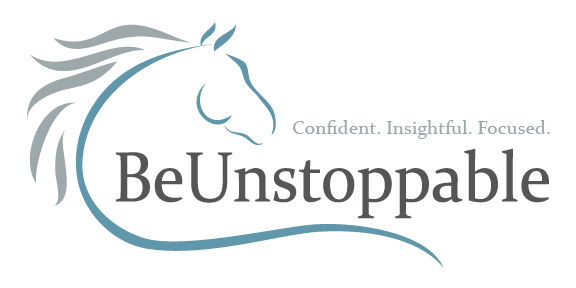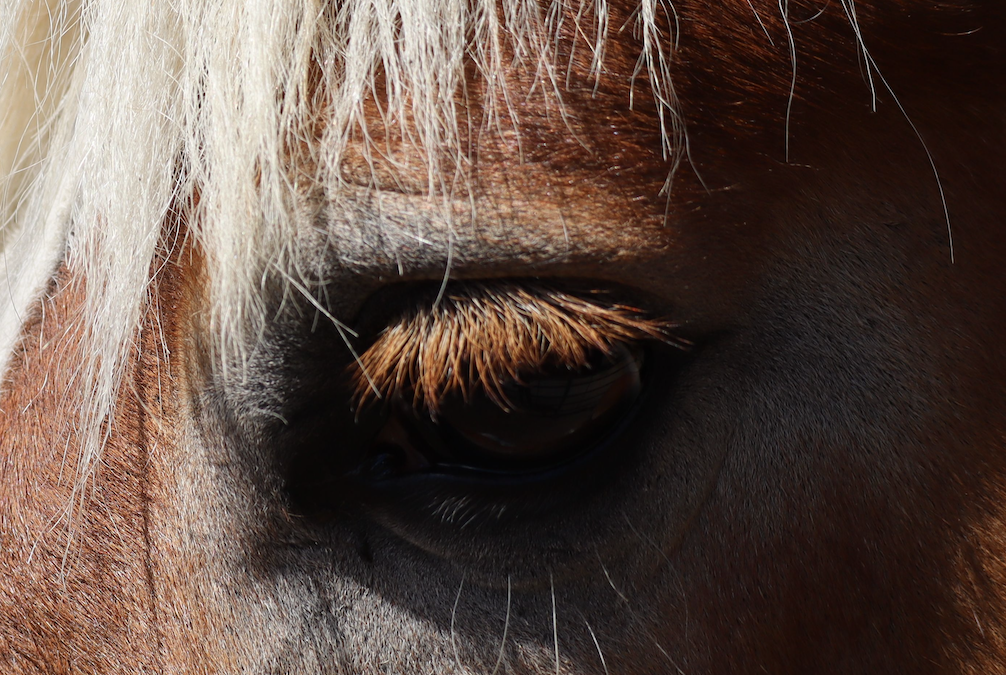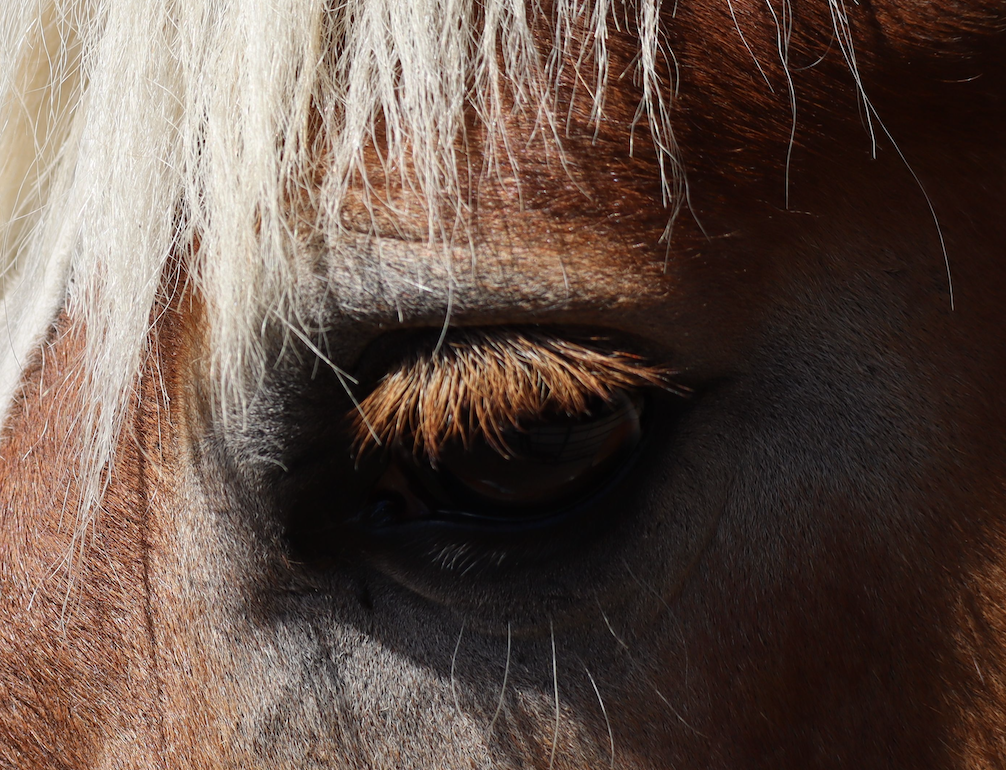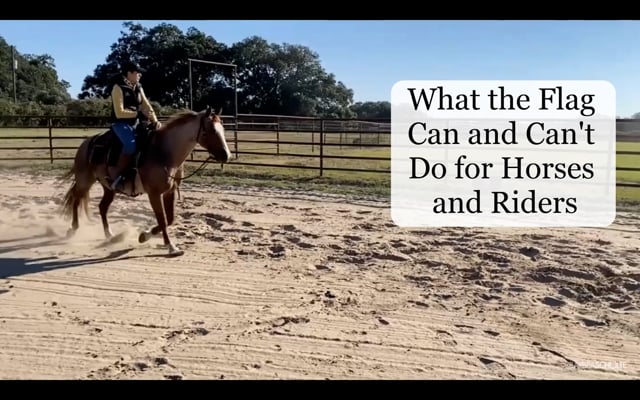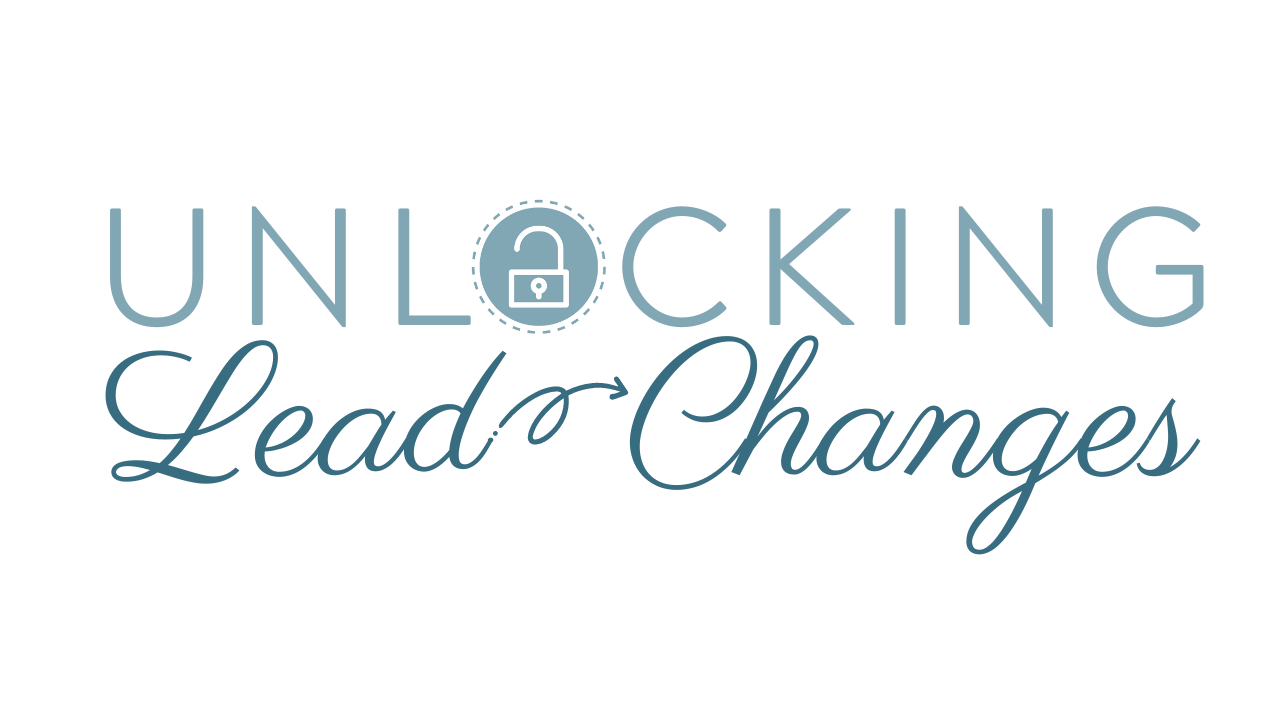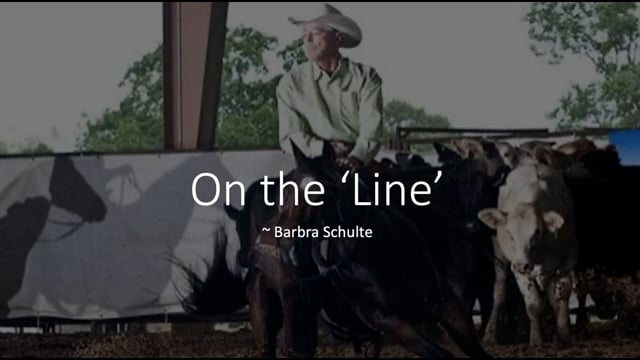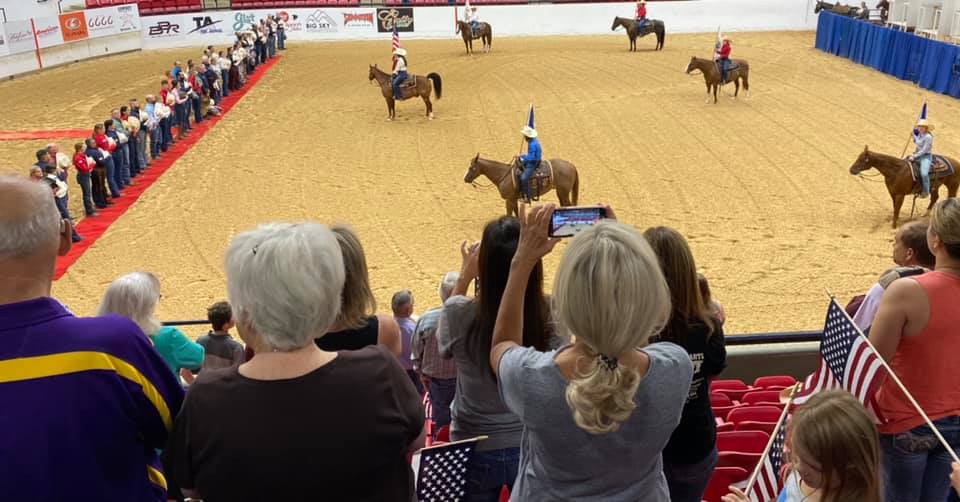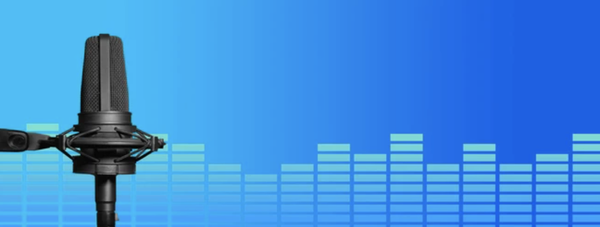
From Soft Eyes to Piercing Eyes
Hey, it’s Barb and I want to talk to you in this little mini podcast about how powerful your eyes are when you’re making cuts in a herd work or cutting run.

First of all, it’s important for your eyes to, in general, to be up. Anytime our eyes drop, it is always an indication of some kind of insecurity or concern about our horse – what’s happening with them or if something’s going wrong, When we feel uneasy or unsure, we usually tend to avert our gaze downwards.
So that’s the first thing.
The second thing is that when you are walking through the herd, and the cattle take a direction around you, l (say they’re flowing to the left,) you want to have soft eyes so that you can see what’s really happening. You want to look toward the end of the flow because those cattle are the ones that are likely going to walk up to the center of the pen and be easy to cut.
So that’s the second thing.
But then once you’re set on a specific cow, you want your eyes to become more piercing. Say you’re aiming for the throat latch of the cow so you can move in that direction to control the cow, you want to feel like your eyes are like laser beams on that throat latch (or wherever it is that you want to control the cow.) Your horse will follow that.
It will help you guide your horse, but also there is a power and energy in our gaze that impacts a cow. I know that might sound a little crazy, but it absolutely does. It’s just like if you feel like somebody’s staring at you from across the room, all of a sudden you might feel it, even when you don’t see it first.
This is the same thing.
Those are two ways to powerfully use your eyes. It works!
Have a great day. Hope that helps. Bye bye.
